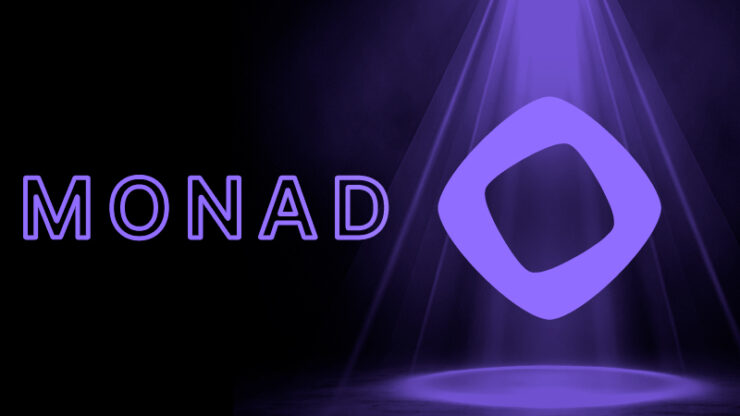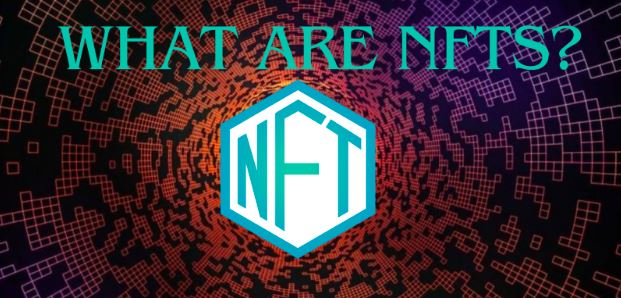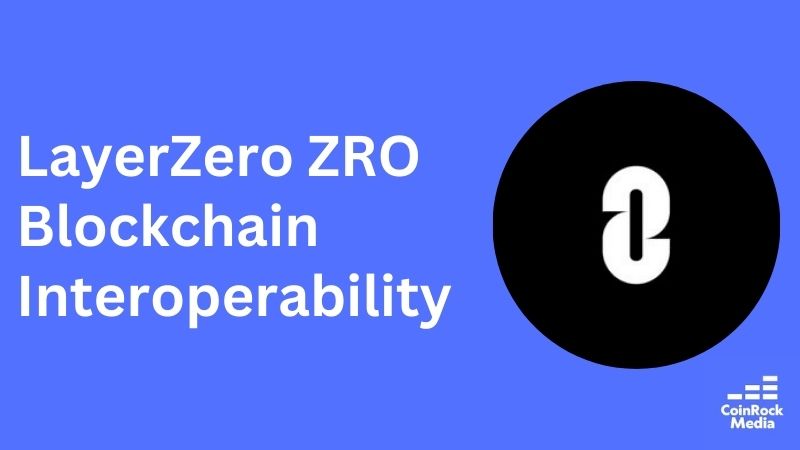As interest in high-throughput blockchains continues to grow, Monad has emerged as a notable contender among upcoming Layer 1 protocols. Currently in its testnet phase, Monad is positioning itself as one of the fastest EVM-compatible blockchains, offering performance improvements while maintaining compatibility with the Ethereum Virtual Machine.
Overview
Monad is a Layer 1 blockchain built from the ground up to support parallel execution of smart contracts and deliver high performance without sacrificing decentralization. In blockchain terminology, Layer 1 refers to the base layer of a blockchain network—like Ethereum or Bitcoin—on which transactions are recorded and validated. Unlike Layer 2 networks, which are built on top of existing chains to improve scalability, Monad is an independent chain with its own infrastructure.
Despite being a standalone network, Monad is EVM-compatible, meaning developers can build applications on Monad using the same tools, languages (like Solidity), and workflows they would use on Ethereum. This significantly lowers the barrier to adoption and makes it easier for existing Web3 projects to migrate or expand onto Monad.
Key Features
- High Throughput: Monad is designed to handle up to 10,000 transactions per second (TPS). For comparison, Ethereum processes around 15 TPS. This is made possible through parallel execution, a process that allows multiple transactions to be processed simultaneously—similar to how modern computers run many tasks at once.
- Fast Finality: Monad offers 1-second finality, meaning transactions are confirmed and irreversible almost instantly. In contrast, Ethereum’s finality can take about one minute. For users, this translates to quicker confirmations when sending assets or interacting with applications.
- Low Hardware Requirements: Anyone with a standard personal computer can run a validator node on Monad. This lowers the entry barrier for participation and supports decentralization by allowing more individuals to help secure the network, not just institutions with high-end infrastructure.
- Developer-Friendly: Monad supports Ethereum-native tooling and is compatible with existing Ethereum applications. This makes it easy for developers to deploy existing dApps or build new ones without learning a new programming language or framework.
Ecosystem Activity
Monad’s testnet has shown strong early traction. In under 24 hours, the network processed over 32 million transactions, and more than 25 million NFTs were minted within the first week. These numbers signal high engagement from developers and testers ahead of its mainnet launch.
Importantly, Monad aligns itself with the broader EVM ecosystem, which currently holds over $52 billion in Total Value Locked (TVL)—a metric that reflects how much value is secured within smart contracts across EVM chains. Tapping into this ecosystem presents significant opportunities for Monad to gain traction and liquidity.
Funding and Backers

Monad has raised $244 million in venture funding from leading firms, including Paradigm, Dragonfly, Electric Capital, and OKX Ventures. Its pre-launch valuation is reportedly around $3 billion. This level of funding and investor confidence is rare among early-stage blockchain projects and underscores the market’s interest in Monad’s technical approach.
Token Utility
While detailed tokenomics have not been publicly disclosed, the native token is expected to serve multiple purposes:
- Gas fees: Users will pay transaction fees using the MON token.
- Governance: Holders may vote on network decisions and upgrades.
- Staking: Validators will likely need to stake MON to secure the network and earn rewards.
Airdrop Participation
Community members can currently participate in Monad’s testnet airdrop campaign, which rewards users for engaging with the network during its early stages. A full walkthrough of the airdrop farming process is available here.
Why It Matters
As the blockchain space continues to evolve, one recurring question is whether the market needs another Layer 1. Monad’s answer lies in its ability to blend speed, accessibility, and Ethereum compatibility. While it doesn’t claim the highest raw throughput—chains like Solana and Sui offer more TPS—Monad offers a more familiar environment for Ethereum-native developers, with significantly faster and more scalable performance.
Its combination of low hardware requirements, strong testnet adoption, and major VC backing position Monad as one of the more anticipated Layer 1 launches in the current cycle. For users and builders alike, it represents a potential bridge between the established Ethereum ecosystem and next-generation blockchain performance.
For more information, visit monad.xyz or follow their updates on Twitter.





